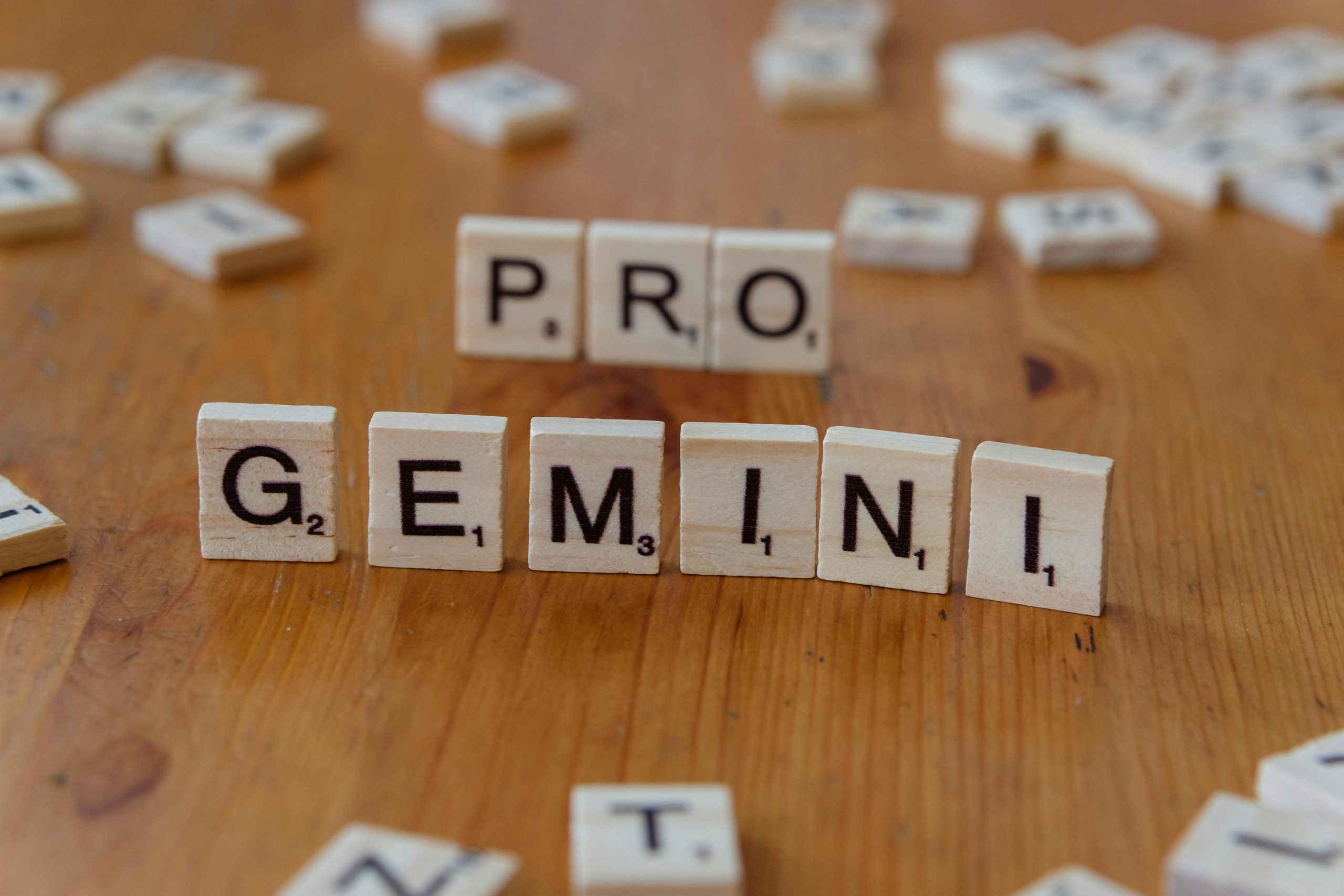Are You Using ChatGPT’s Canvas? I Find It Slightly Frustrating
Understanding the Limitations of ChatGPT’s Canvas Feature
As many users of ChatGPT are aware, the platform continues to evolve with various features designed to enhance the conversational experience. One such feature is the Canvas, which allows for visual interactions and content creation. However, from a user’s perspective, the Canvas may introduce some frustrations and limitations that are worth considering.
While having a dedicated Canvas interface might seem like a valuable addition, it can sometimes feel unnecessary, especially when comparable functionality is available directly within the chat environment. The core issue arises from how the Canvas interacts with the ongoing conversation—once a visual element is added, it becomes part of the conversation’s context. This means that if you wish to modify or discard some output, you cannot simply undo or reset the Canvas without impacting the entire chat history.
This setup can inadvertently hinder the flexibility needed during interactions. For instance, if you realize that a particular visual output isn’t quite right and want to make adjustments, the Canvas’s design might prevent you from doing so seamlessly. Instead, you’re often forced to reset or restart the conversation, which can be cumbersome and disrupt the flow.
In essence, the Canvas feature, while innovative, sometimes acts as a barrier rather than an aid—especially when it restricts editing and contextual flexibility. For users seeking a smoother, more adaptable experience, relying solely on chat-based interactions without the Canvas might be the more efficient route.
Have you experienced similar frustrations with the Canvas? Share your thoughts and tips for navigating this feature effectively.















Post Comment